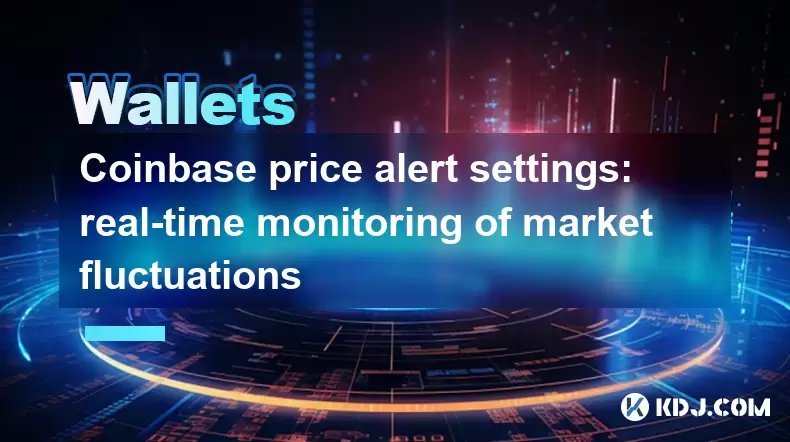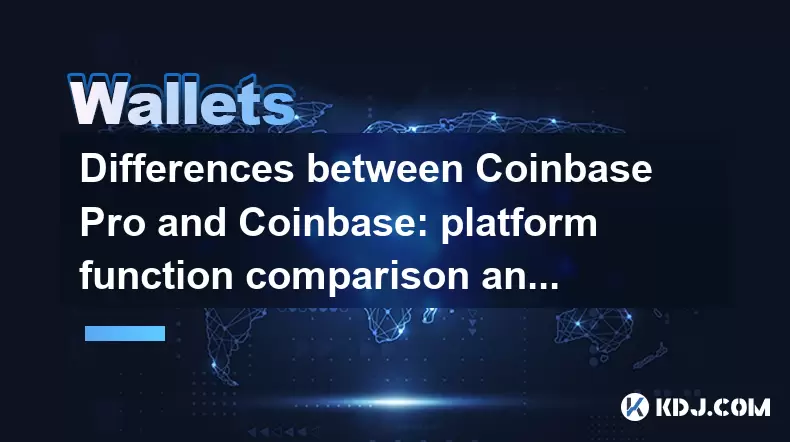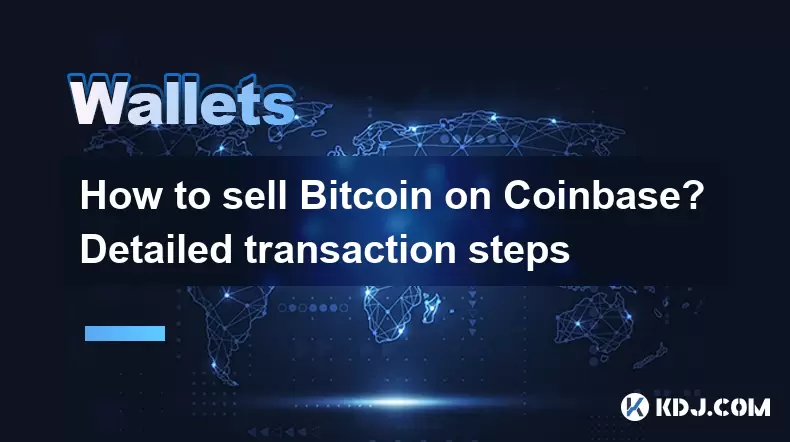-
 Bitcoin
Bitcoin $108,165.4587
0.78% -
 Ethereum
Ethereum $2,456.3517
1.15% -
 Tether USDt
Tether USDt $1.0003
0.00% -
 XRP
XRP $2.1934
0.05% -
 BNB
BNB $650.0935
0.52% -
 Solana
Solana $151.3905
2.69% -
 USDC
USDC $0.9998
0.00% -
 TRON
TRON $0.2751
-0.32% -
 Dogecoin
Dogecoin $0.1640
0.87% -
 Cardano
Cardano $0.5631
0.57% -
 Hyperliquid
Hyperliquid $38.7115
4.69% -
 Bitcoin Cash
Bitcoin Cash $493.1868
-0.39% -
 Sui
Sui $2.8217
3.61% -
 Chainlink
Chainlink $13.3994
2.08% -
 UNUS SED LEO
UNUS SED LEO $9.1632
0.94% -
 Avalanche
Avalanche $18.0318
1.97% -
 Stellar
Stellar $0.2388
0.35% -
 Toncoin
Toncoin $2.8763
1.41% -
 Shiba Inu
Shiba Inu $0.0...01160
1.59% -
 Litecoin
Litecoin $86.6393
1.29% -
 Hedera
Hedera $0.1485
0.16% -
 Monero
Monero $315.7948
1.56% -
 Polkadot
Polkadot $3.4240
1.88% -
 Bitget Token
Bitget Token $4.6314
-0.44% -
 Dai
Dai $0.9998
-0.01% -
 Ethena USDe
Ethena USDe $1.0002
-0.01% -
 Uniswap
Uniswap $7.2110
2.59% -
 Aave
Aave $270.6087
6.07% -
 Pi
Pi $0.5350
0.52% -
 Pepe
Pepe $0.0...09545
1.26%
How do I send cryptocurrencies through Atomic Wallet?
To send crypto via Atomic Wallet, ensure you have sufficient funds, double-check the recipient's address, and account for transaction fees, which vary with network congestion.
Apr 02, 2025 at 10:35 am

Understanding Atomic Wallet's Sending Process
Atomic Wallet is a popular cryptocurrency wallet known for its user-friendly interface and support for a wide range of cryptocurrencies. Sending crypto through Atomic Wallet is generally straightforward, but understanding the nuances is crucial to avoid errors and potential losses. This guide details the process, addressing common questions and potential pitfalls.
First, you need to ensure you have the correct cryptocurrency in your Atomic Wallet. Check your balance to confirm you have sufficient funds to cover the transaction fee, which varies depending on the network congestion and the specific cryptocurrency. Remember that insufficient funds will result in a failed transaction.
Next, you need the recipient's wallet address. This is a unique identifier, similar to a bank account number, specific to their cryptocurrency wallet. Double-check this address for accuracy, as sending to the wrong address will likely result in irreversible loss of funds. Obtain this address from the recipient and carefully verify it before proceeding.
Step-by-Step Guide to Sending Crypto from Atomic Wallet
Open Atomic Wallet: Launch the Atomic Wallet application on your device.
Select the Cryptocurrency: Navigate to your wallet and select the specific cryptocurrency you wish to send.
Enter the Recipient's Address: In the send section, carefully enter the recipient's wallet address. Again, verify the address multiple times to avoid errors.
Specify the Amount: Enter the amount of cryptocurrency you wish to send. Remember to account for transaction fees. Atomic Wallet will usually display the estimated fee.
Review the Transaction: Before confirming, carefully review all details: recipient's address, amount, and transaction fee. Any mistake at this stage can be costly.
Confirm the Transaction: Once you are completely satisfied with the details, confirm the transaction. You may need to authorize the transaction using your wallet password or other security measures.
Monitor the Transaction: After confirmation, monitor the transaction status within the Atomic Wallet. The transaction may take some time to complete, depending on the network's speed. You can usually track its progress using a block explorer for the specific cryptocurrency.
Understanding Transaction Fees and Network Congestion
Transaction fees are essential for processing transactions on a blockchain. These fees compensate miners or validators for securing the network and verifying transactions. Network congestion, which occurs when many transactions are being processed simultaneously, can significantly impact transaction fees. High network congestion can lead to increased fees and slower transaction times. Be prepared for this possibility and adjust your sending accordingly. Consider sending during off-peak hours to potentially minimize fees.
Different cryptocurrencies have different fee structures. Some use a fixed fee, while others use a dynamic fee system that adjusts based on network congestion. Always check the estimated fee before sending to avoid unexpected costs. Failing to account for transaction fees can result in your transaction failing to be processed.
Security Best Practices When Sending Crypto
Security is paramount when handling cryptocurrencies. Always use a strong, unique password for your Atomic Wallet and enable two-factor authentication (2FA) if available. Never share your private keys or seed phrase with anyone. These are crucial for accessing your funds, and their compromise can lead to the loss of your cryptocurrency.
Be cautious of phishing scams. Never click on suspicious links or provide your wallet information to unsolicited requests. Always access Atomic Wallet through the official website or app store. Verify the website's URL and ensure it's legitimate before entering any sensitive information.
Regularly update your Atomic Wallet to benefit from the latest security patches and bug fixes. This helps protect your funds from potential vulnerabilities.
Frequently Asked Questions
Q: What happens if I send crypto to the wrong address?
A: Sending cryptocurrency to the wrong address is usually irreversible. The funds will be lost, and there is typically no way to recover them. Always double-check the recipient's address before confirming the transaction.
Q: How long does it take to send crypto through Atomic Wallet?
A: The transaction time varies depending on the cryptocurrency and network congestion. Some transactions are almost instantaneous, while others can take several minutes or even hours.
Q: What if my transaction fails?
A: If a transaction fails, the funds will usually be returned to your wallet. However, the transaction fee may be lost. Check your wallet's transaction history to confirm the status. Contact Atomic Wallet support if you have any issues.
Q: Are there any fees associated with sending crypto through Atomic Wallet?
A: Yes, there are usually transaction fees associated with sending crypto through Atomic Wallet. These fees are network fees and are not controlled by Atomic Wallet. They vary depending on the network congestion and the specific cryptocurrency.
Q: Is Atomic Wallet secure?
A: Atomic Wallet employs various security measures, but like any digital wallet, it's essential to practice good security habits. This includes using a strong password, enabling 2FA, and being wary of phishing attempts. No system is perfectly secure, so responsible usage is crucial.
Q: What if I forget my Atomic Wallet password?
A: If you forget your password, you will need to recover your wallet using your seed phrase (a list of words that acts as a backup). Keep your seed phrase in a safe and secure location, separate from your device. Losing your seed phrase means losing access to your funds.
Disclaimer:info@kdj.com
The information provided is not trading advice. kdj.com does not assume any responsibility for any investments made based on the information provided in this article. Cryptocurrencies are highly volatile and it is highly recommended that you invest with caution after thorough research!
If you believe that the content used on this website infringes your copyright, please contact us immediately (info@kdj.com) and we will delete it promptly.
- SEI TVL Soars, Price Hints at Breakout: What's Next?
- 2025-06-29 18:30:12
- Cardano, Bitcoin Cash, Remittix: Charting the Course for Crypto's Next Big Moves
- 2025-06-29 18:50:12
- Stock Market News, Weekly Review, June 2025: A Month of Crypto, Commodities, and Corporate Maneuvers
- 2025-06-29 18:30:12
- Vitalik Buterin, Sam Altman, and the World of Digital Identity: A Delicate Balance
- 2025-06-29 19:10:15
- Crypto Diplomacy Takes Root: Pakistan's Bitcoin Reserve Ambitions
- 2025-06-29 18:55:12
- Altcoins on the Rebound? Institutional Interest Ignites Recovery Hopes
- 2025-06-29 18:55:12
Related knowledge

Coinbase price alert settings: real-time monitoring of market fluctuations
Jun 29,2025 at 07:00am
Setting Up Coinbase Price AlertsTo begin real-time monitoring of market fluctuations on Coinbase, users can utilize the built-in price alert feature. This function allows you to receive notifications when a cryptocurrency reaches a specific price point. To access this setting, open the Coinbase app or log in via the web platform. Navigate to the 'Prices...

How to stake cryptocurrencies on Coinbase? Benefits and risks
Jun 27,2025 at 06:36pm
Understanding Cryptocurrency Staking on CoinbaseStaking cryptocurrencies involves locking up digital assets to support the operations of a blockchain network, typically in return for rewards. Coinbase, one of the most popular cryptocurrency exchanges globally, offers staking services for several proof-of-stake (PoS) coins. Users can stake their holdings...

Differences between Coinbase Pro and Coinbase: platform function comparison and analysis
Jun 29,2025 at 08:21am
Overview of Coinbase and Coinbase ProWhen exploring the cryptocurrency trading landscape, users often encounter two platforms under the same parent company: Coinbase and Coinbase Pro. While both are operated by the same organization, they cater to different types of users and offer varying features. Coinbase is primarily designed for beginners and casua...

How to contact Coinbase customer service? Support channels and response times
Jun 28,2025 at 01:29pm
Contacting Coinbase Customer Service: Support Channels and Response TimesIf you're a user of Coinbase, reaching their customer service team may become necessary for various reasons, such as account verification issues, transaction disputes, or technical difficulties. Understanding the different support channels available and what to expect in terms of r...

Coinbase advanced trading function usage tutorial: limit orders and market orders
Jun 28,2025 at 09:07pm
Understanding the Difference Between Limit Orders and Market OrdersWhen using Coinbase's advanced trading features, it is crucial to understand the fundamental difference between limit orders and market orders. A market order executes immediately at the best available price on the market. This type of order ensures that your trade goes through quickly, ...

How to sell Bitcoin on Coinbase? Detailed transaction steps
Jun 29,2025 at 04:22am
Setting Up Your Coinbase Account for TransactionsBefore you can sell Bitcoin on Coinbase, you must ensure your account is fully set up and verified. Coinbase requires identity verification to comply with regulatory standards. This process involves uploading a government-issued ID, confirming your address, and sometimes submitting a selfie holding the ID...

Coinbase price alert settings: real-time monitoring of market fluctuations
Jun 29,2025 at 07:00am
Setting Up Coinbase Price AlertsTo begin real-time monitoring of market fluctuations on Coinbase, users can utilize the built-in price alert feature. This function allows you to receive notifications when a cryptocurrency reaches a specific price point. To access this setting, open the Coinbase app or log in via the web platform. Navigate to the 'Prices...

How to stake cryptocurrencies on Coinbase? Benefits and risks
Jun 27,2025 at 06:36pm
Understanding Cryptocurrency Staking on CoinbaseStaking cryptocurrencies involves locking up digital assets to support the operations of a blockchain network, typically in return for rewards. Coinbase, one of the most popular cryptocurrency exchanges globally, offers staking services for several proof-of-stake (PoS) coins. Users can stake their holdings...

Differences between Coinbase Pro and Coinbase: platform function comparison and analysis
Jun 29,2025 at 08:21am
Overview of Coinbase and Coinbase ProWhen exploring the cryptocurrency trading landscape, users often encounter two platforms under the same parent company: Coinbase and Coinbase Pro. While both are operated by the same organization, they cater to different types of users and offer varying features. Coinbase is primarily designed for beginners and casua...

How to contact Coinbase customer service? Support channels and response times
Jun 28,2025 at 01:29pm
Contacting Coinbase Customer Service: Support Channels and Response TimesIf you're a user of Coinbase, reaching their customer service team may become necessary for various reasons, such as account verification issues, transaction disputes, or technical difficulties. Understanding the different support channels available and what to expect in terms of r...

Coinbase advanced trading function usage tutorial: limit orders and market orders
Jun 28,2025 at 09:07pm
Understanding the Difference Between Limit Orders and Market OrdersWhen using Coinbase's advanced trading features, it is crucial to understand the fundamental difference between limit orders and market orders. A market order executes immediately at the best available price on the market. This type of order ensures that your trade goes through quickly, ...

How to sell Bitcoin on Coinbase? Detailed transaction steps
Jun 29,2025 at 04:22am
Setting Up Your Coinbase Account for TransactionsBefore you can sell Bitcoin on Coinbase, you must ensure your account is fully set up and verified. Coinbase requires identity verification to comply with regulatory standards. This process involves uploading a government-issued ID, confirming your address, and sometimes submitting a selfie holding the ID...
See all articles

























































































